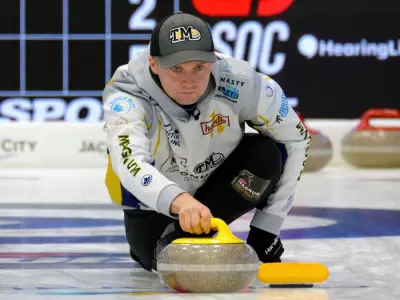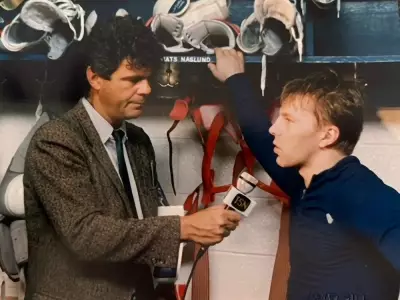
For nearly a century, Major League Baseball has been grappling with a persistent foe that shows no signs of retreat. The ulnar collateral ligament (UCL) injury, once a rare career-ender, has evolved into a full-blown epidemic that's reshaping the very fabric of America's favorite pastime.
The Tommy John Tsunami Sweeping Through MLB
What began as an experimental procedure in 1974 when Dr. Frank Jobe performed the first UCL reconstruction on pitcher Tommy John has now become almost routine. Fast forward to today, and the landscape looks dramatically different. Over 35% of current MLB pitchers have undergone Tommy John surgery, a staggering statistic that underscores the magnitude of this crisis.
"We're seeing something unprecedented," explains Dr. Keith Meister, the Texas Rangers' team physician and a leading authority on elbow injuries. "The rate of UCL injuries isn't just holding steady—it's accelerating at an alarming pace."
Why Pitchers Are Breaking Down Like Never Before
Several factors are converging to create this perfect storm of elbow injuries:
- Velocity obsession: The relentless pursuit of higher radar gun readings is pushing arms beyond their natural limits
- Year-round specialization: Young pitchers are focusing exclusively on baseball without adequate rest periods
- Biomechanical flaws: Poor pitching mechanics that place excessive stress on the UCL
- Increased workload intensity: Maximum effort on every pitch rather than pacing through games
A New Generation of Surgical Solutions
As the injury rates climb, medical science is racing to keep pace. The traditional Tommy John procedure, which involves harvesting a tendon from elsewhere in the body to reconstruct the damaged UCL, is being refined with new techniques.
Internal brace augmentation represents one of the most promising advances. This technique uses a synthetic tape to reinforce the repair, potentially allowing for faster recovery and stronger reconstruction. Early results suggest pitchers might return to competition in as little as 9-12 months instead of the traditional 12-18 month timeline.
The Youth Baseball Connection
The problem isn't confined to professional stadiums. Youth and high school baseball are experiencing their own Tommy John epidemic, with surgeons reporting performing the procedure on athletes as young as 14.
"We're seeing damaged goods arriving in the majors," notes one American League pitching coach who requested anonymity. "These kids are coming to us with already compromised arms because of how they were developed in their formative years."
Prevention: The New Frontier in Player Development
Forward-thinking organizations are shifting their focus from treatment to prevention. Advanced biomechanics labs, pitch-tracking technology, and individualized throwing programs are becoming standard equipment for MLB clubs serious about protecting their investments.
The most progressive teams are implementing:
- Comprehensive biomechanical assessments for all pitchers
- Strict pitch count monitoring and rest requirements
- Diversified training that includes other sports and activities
- Emphasis on pitching efficiency over pure velocity
As baseball continues to evolve, the organizations that master injury prevention may gain the ultimate competitive advantage—keeping their best arms healthy when it matters most. The century-long battle against UCL injuries is entering its most critical phase, and the future of pitching hangs in the balance.





